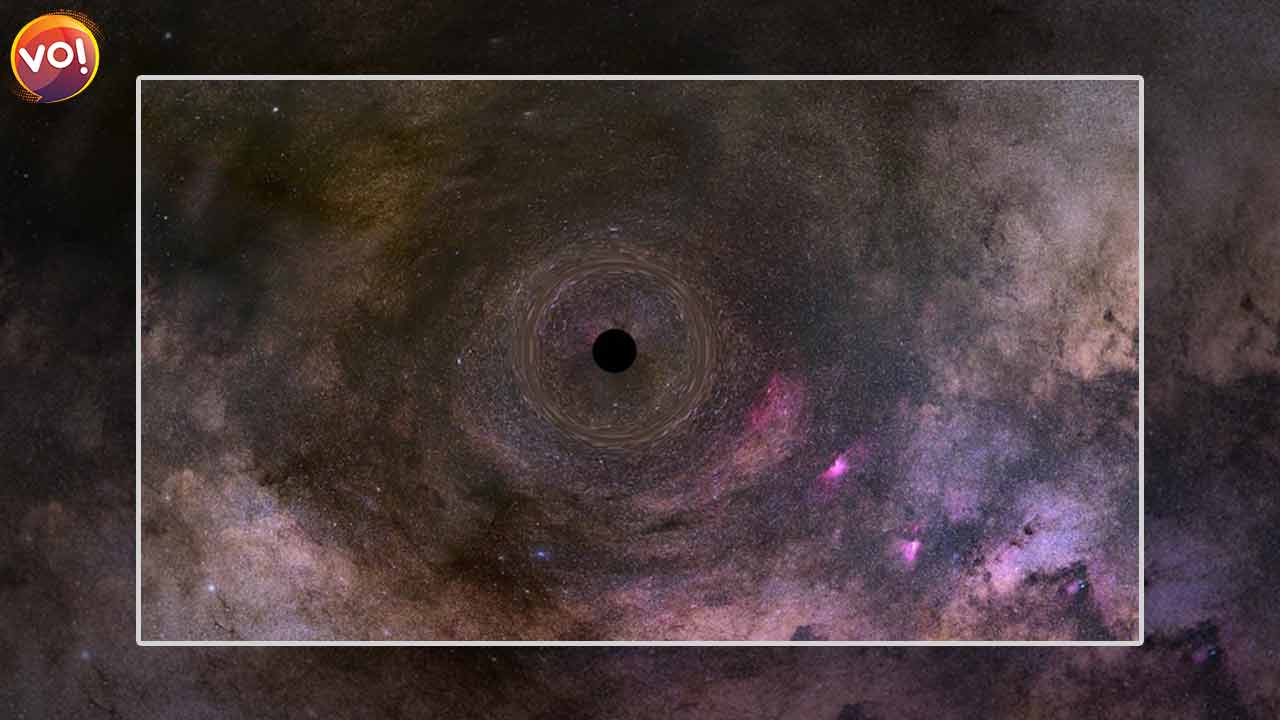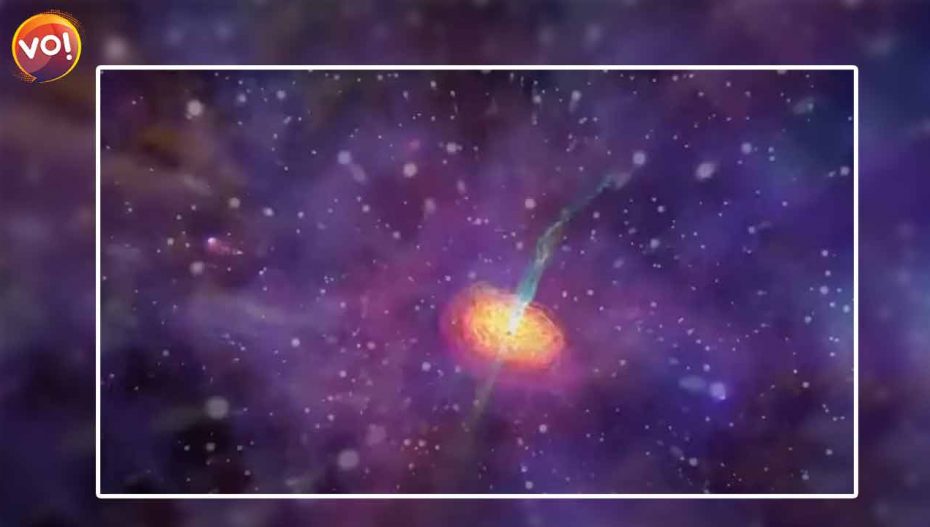The Talking Point: Gravitational microlensing
Something to do with Physics? Yes. Astrophysics.
Why is it in the news? Gravitational microlensing recently discovered a black hole wandering aimlessly in space. It is so fast that it can travel from Earth to Moon in three hours.
Is it coming our way? No. But these findings open a new window into these dark objects, which can’t be seen any other way.
The process oversimplified: During a microlensing event, two distant stars happen to line up almost exactly, one behind the other, as viewed from Earth. According to Einstein’s Theory of General Relativity, the image of the background star is distorted by the gravitational field of the foreground star, which acts as a “gravitational lens”, into an “Einstein ring”. While the ring is too small to be resolved as such by existing telescopes, the phenomenon also involves amplification of the light from the background “source” star.


How was this black hole discovered? Nearly a month after the Event Horizon Telescope snapped the first image of the black hole at the center of the Milky Way galaxy, astronomers stumbled upon a unique object in the universe — a free-floating black hole. Astronomers using gravitational microlensing spotted the phenomenon wandering in deep space. These astronomers are from UC Berkeley and estimate that the mass of the invisible compact object is between 1.6 and 4.4 times that of the sun.
From here: The findings are set to be published in the Astrophysical Journal Letters. Astronomers speculate that the object could be a neutron star instead of a black hole. Neutron stars are dense, highly compact objects, but their gravity is balanced by internal neutron pressure, which prevents further collapse of a black hole.
The parting word: Astronomers estimate that there should be 100 million black holes roaming among the 100 billion stars in our galaxy. But since black holes emit no light of their own, they are extremely difficult to detect. The findings are the result of nearly six years of work with observations by the Hubble Space Telescope.
Also Read: All You Need To Know About IN-SPACe











